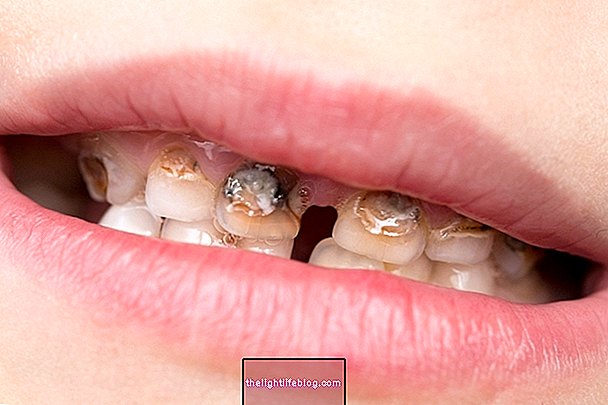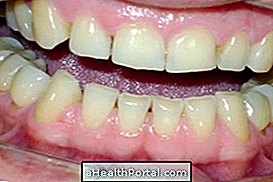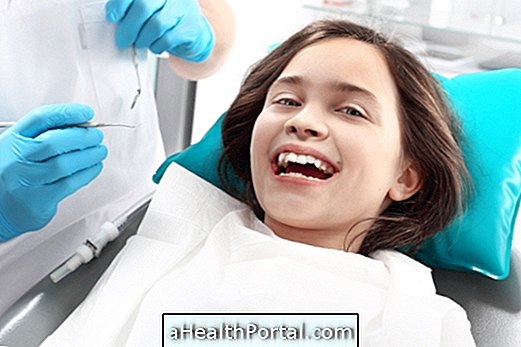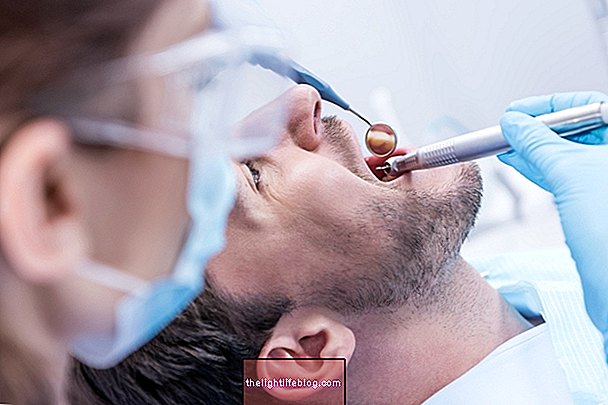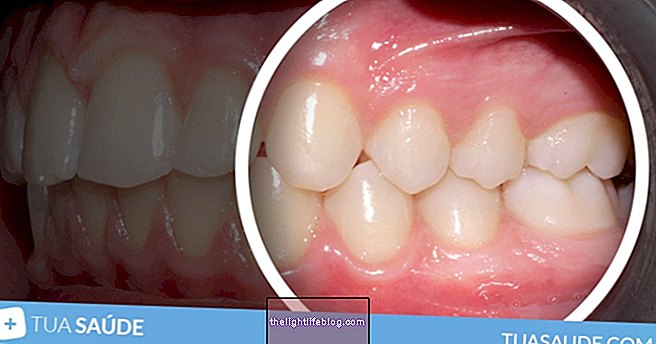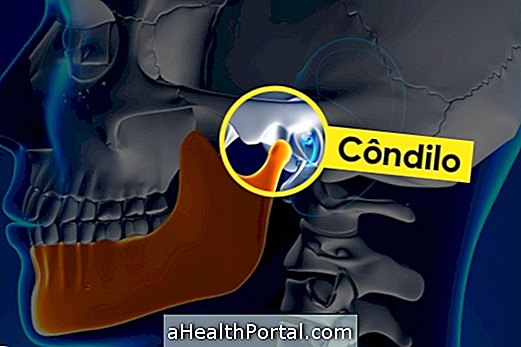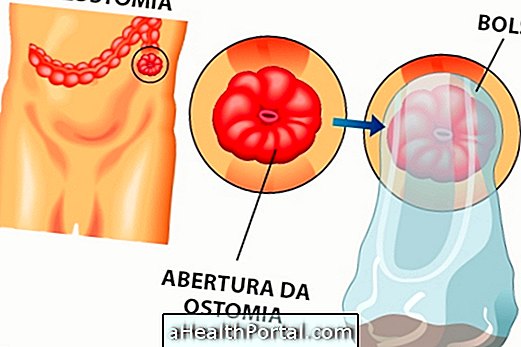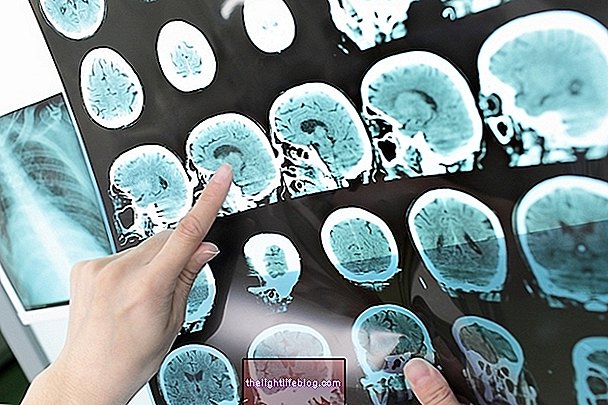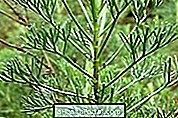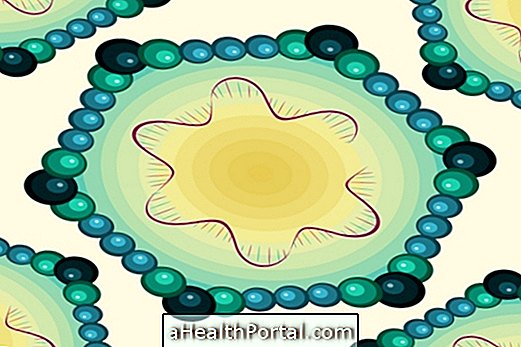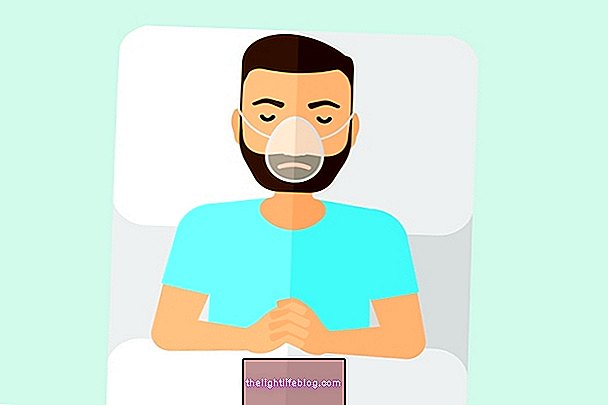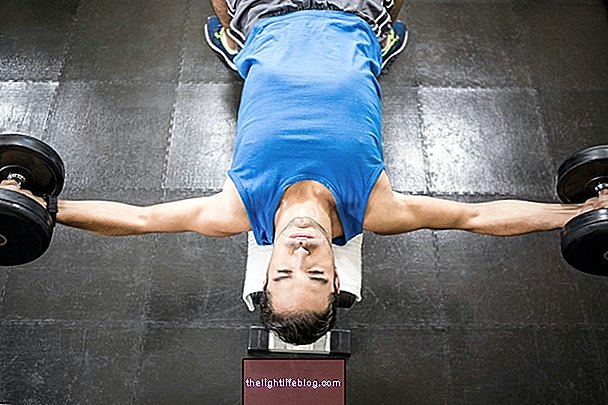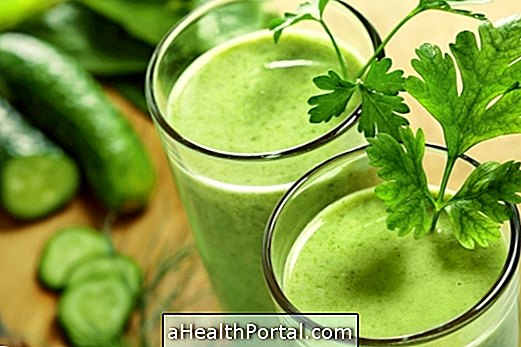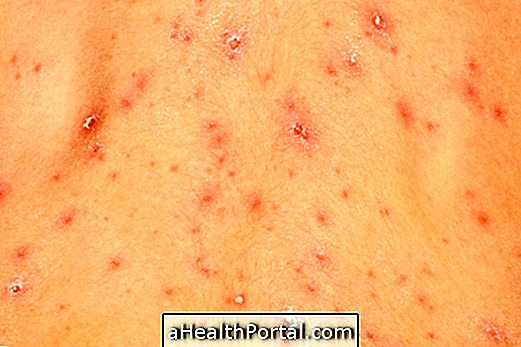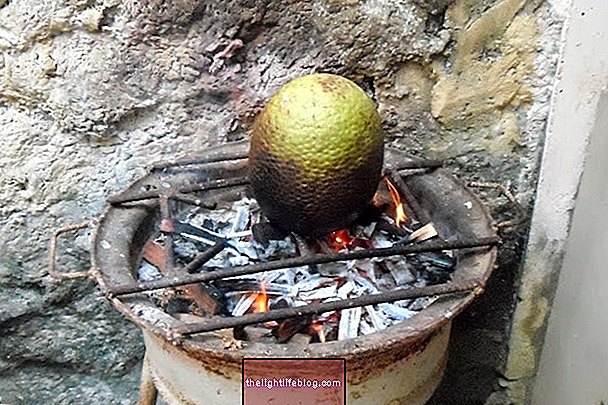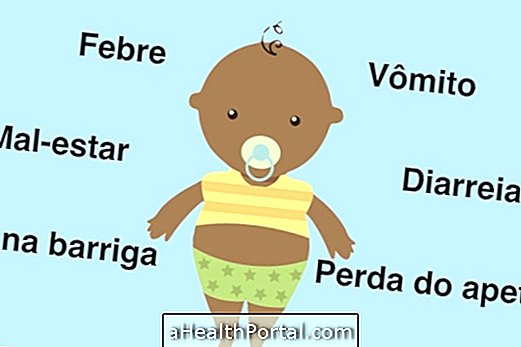Oral candidiasis is an infection caused by the overgrowth of fungus Candida albicans in the mouth, which causes infection, usually in infants due to their immunity still undeveloped, or in adults with weakened immune systems due to colds, chronic illnesses or HIV, for example.
Although it inhabits the skin, it is possible to catch the candidiasis of another person through the kiss and intimate contact. This infection has a cure and its treatment is made with mouthwashes, antifungal and correct oral hygiene, and should be guided by a general practitioner or dentist.
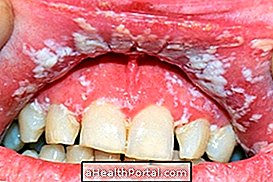

How it is transmitted
Although it is a fungus that already inhabits the skin naturally, and causes lesions only when immunity falls, the infection by candidiasis can also be transmitted from one person to another through kissing or unprotected intimate contact.
Thus, this infection is also more common people with impaired immune system or at risk for the growth of fungi, such as use of dental prosthesis, poor oral hygiene or excessive intake of sugar, for example.
The symptoms of oral candidiasis are the appearance of lumps or ulcers on the tongue or cheek, whitish plaques on the mouth, tongue and throat, and burning in the mouth. When the infection is more severe and reaches the esophagus, it can cause pain and difficulty swallowing.
In infants, the candidiasis infection appears due to the undeveloped immune system, in the form of white plaques on the tongue. Learn how to cure candidiasis in the baby.
How is the treatment done?
In adults, treatment for oral candidiasis should be directed by a general practitioner or a dentist, and may be done at home with antifungal agents in the form of a gel, liquid, or mouthwash such as Nystatin for 5 to 7 days.
In addition, during treatment it is important to have some care, such as:
- Brush your teeth 3 times a day with toothbrush with soft bristles;
- Avoid eating fatty or sugary foods, such as cakes, pastries, crackers or candy;
- Wash your mouth after eating or use medicine by mouth, such as a nasal spray or syrup.
A great home treatment for candidiasis is poejo tea, because it has properties that decrease fungal proliferation and help speed the fight against infection. Learn more about natural treatment for the forms of candidiasis infection in: Home Remedies for Candidiasis.
In the most severe cases, treatment for oral candidiasis can be done with the ingestion of oral antifungal medicines such as Fluconazole for up to 14 days or as directed by your doctor.
In the baby and the child oral candidiasis, also known as thrush, treatment can be done by placing an antifungal in the form of liquid, cream or gel, such as nystatin or miconazole, under the indication of the pediatrician.
What to Eat in Candidiasis
During candidiasis it is advisable not to ingest anything with sugar, nor that is a source of refined carbohydrate, such as bread, biscuit and cakes, for example. Foods like lemon, parsley and ginger should be preferred at this stage because they help to cure the proliferation of candida faster. See tips from nutritionist Tatiana Zanin to learn the best foods to cure candidiasis and prevent it from coming back:

Although this video focuses more on vaginal and penile candidiasis all the tips also apply in the case of candidiasis in the mouth or any other region of the body.
